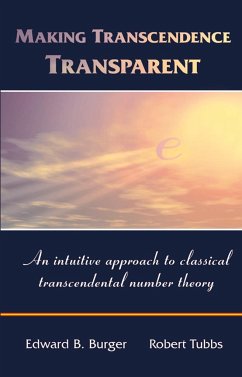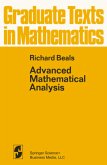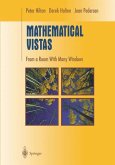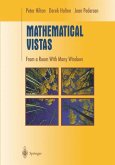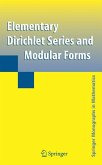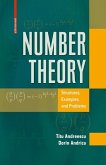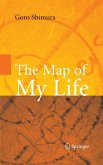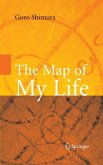This is the first book that makes the difficult and important subject of transcendental number theory accessible to undergraduate mathematics students.
Edward Burger is one of the authors of The Heart of Mathematics, winner of a 2001 Robert W. Hamilton Book Award. He will also be awarded the 2004 Chauvenet Prize, one of the most prestigious MAA prizes for outstanding exposition.
The Journey Ahead At the heart of transcendental number theory lies an intriguing paradox: While essen tially all numbers are transcendental, establishing the transcendence of a particular number is a monumental task. Thus transcendental numbers are an enigmatic species of number: We know they are all around us and yet it requires enormous effort to catch one. More often than not, they slip through our fingers and dissappear back into the dense jungle of numbers. Here we will venture to tame a few of these incredible creatures. In the pages ahead we offer an approach to transcendence that not only includes the intricate analysis but also the beautiful ideas behind the technical details. The phrase "classical transcendental number theory" in the title of this book refers to the most widely known results that were obtained in the nineteenth and early twentieth centuries. The reason for this focus is threefold. Firstly, this body of work requires only the mathematical techniques andtools familiar to advanced undergraduate mathematics students, and thus this area can be appreciated by a wide range of readers. Secondly, the ideas behind modem transcendence results are almost always an elaboration of the classical arguments we will explore here. And finally, and perhaps more importantly, this early work yields the transcendence of such admired and well-known numbers as e, rr, and even 2v'2.
Edward Burger is one of the authors of The Heart of Mathematics, winner of a 2001 Robert W. Hamilton Book Award. He will also be awarded the 2004 Chauvenet Prize, one of the most prestigious MAA prizes for outstanding exposition.
The Journey Ahead At the heart of transcendental number theory lies an intriguing paradox: While essen tially all numbers are transcendental, establishing the transcendence of a particular number is a monumental task. Thus transcendental numbers are an enigmatic species of number: We know they are all around us and yet it requires enormous effort to catch one. More often than not, they slip through our fingers and dissappear back into the dense jungle of numbers. Here we will venture to tame a few of these incredible creatures. In the pages ahead we offer an approach to transcendence that not only includes the intricate analysis but also the beautiful ideas behind the technical details. The phrase "classical transcendental number theory" in the title of this book refers to the most widely known results that were obtained in the nineteenth and early twentieth centuries. The reason for this focus is threefold. Firstly, this body of work requires only the mathematical techniques andtools familiar to advanced undergraduate mathematics students, and thus this area can be appreciated by a wide range of readers. Secondly, the ideas behind modem transcendence results are almost always an elaboration of the classical arguments we will explore here. And finally, and perhaps more importantly, this early work yields the transcendence of such admired and well-known numbers as e, rr, and even 2v'2.
From the reviews: "Making Transcendence Transparent is one of those books that stand out from the crowd because the authors have put a lot of good work into it, and plenty of imagination and creativity. It is witty, funny at times, highly entertaining, very readable and interesting to both the casual and advanced reader. ... The text helps us understand the concepts by building a very strong intuition and also motivates the concepts from a historical point of view. ... Conclusion: read this one!" (Álvaro Lozano-Robledo, MathDL, January, 2006) "One of the goals of the authors is to provide the reader with an intuitive framework in which the major classical results of transcendental number theory can be appreciated. ... This book is an introduction to the subject which is supposed to enable the reader to pursue later his study with more modern results. ... An appendix provides basic facts from complex analysis which are required for the proofs. This book is aimed at beginners who like to have examples and detailed proofs." (Zentralblatt MATH, August, 2005) "The book under review covers much wonderful material, heads in several directions, and could be used in many ways." (MAA reviews, D'Angelo, John P.)

